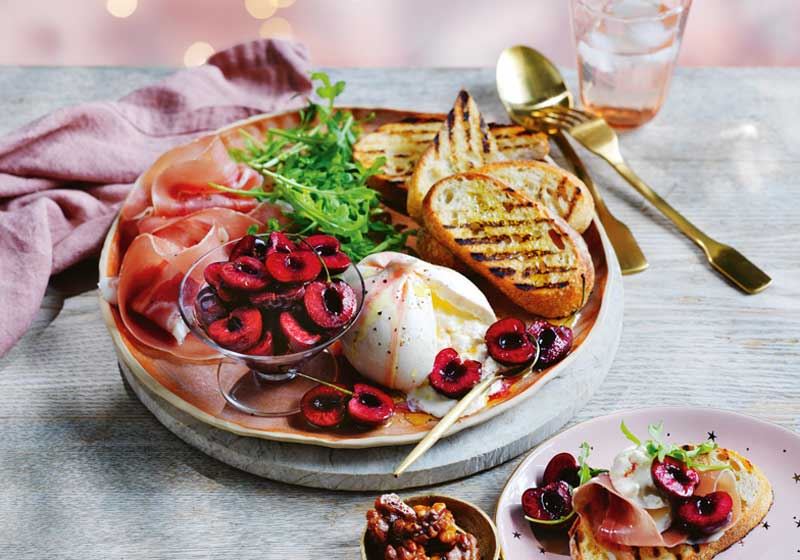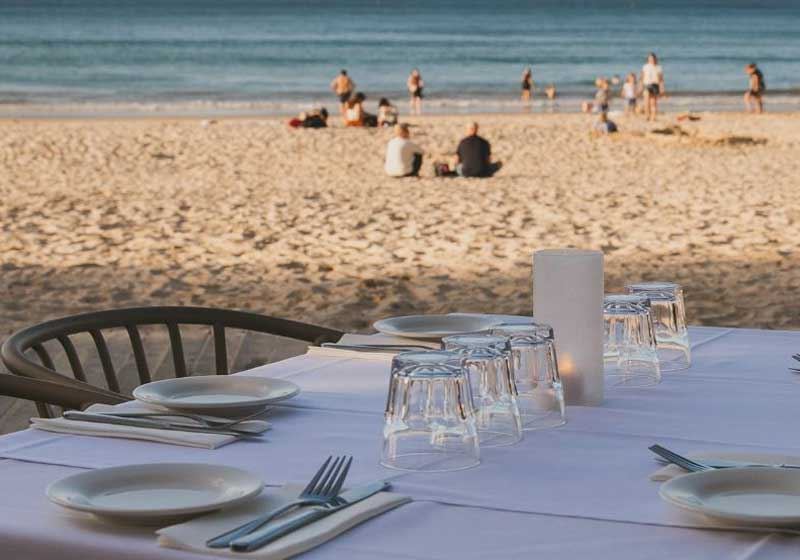By Leigh O’Connor.
There is something almost primal about the sight of blackened edges curling on a steak, the blistered skin of a red pepper, or the smouldering tips of charred broccoli crowns. It goes against instinct - burning food, after all, was once the sign of a ruined meal.
Yet today, Chefs and home cooks alike deliberately lean into that bitter-sweet edge of fire. Char has become the new umami, a layer of flavour we chase not in spite of its darkness, but because of it.
The Seduction of Fire
When flames kiss food, they do more than sear - they transform. Sugars caramelise, proteins break down and oils release their smoky perfume. What was once bland becomes bold, layered, complex.
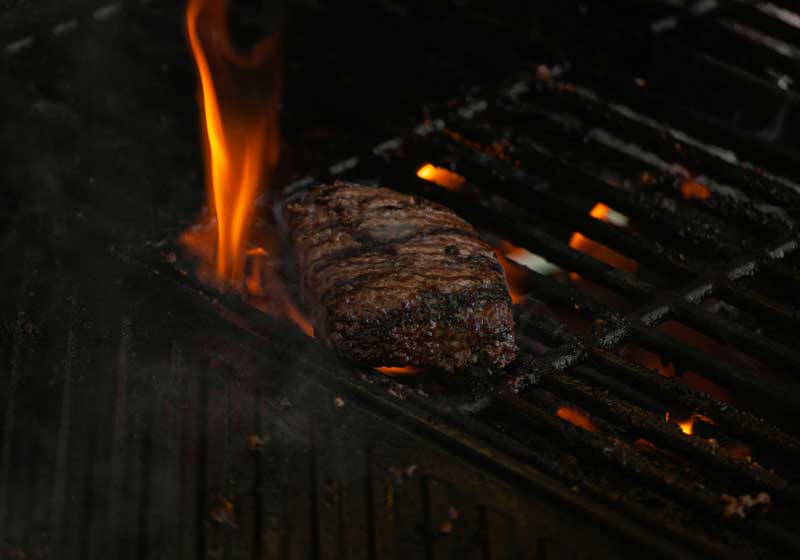
The bitterness of char is never one-note. It hums alongside sweetness, acidity and salt, bringing balance and intrigue. A wedge of scorched cabbage, its outer leaves crisp as Autumn leaves, conceals a tender, almost buttery heart. A charred slice of sourdough smells of both comfort and danger, the edges crunchy and bitter, the centre soft and tangy. These contrasts are what keep us reaching for bite after bite.
A Craving Written in Memory
Char speaks to something older than culinary trends - it whispers of survival. Our ancestors gathered around open fires, where smoke and flame not only preserved food but etched flavour deep into memory. That faint taste of ash, the lingering kiss of smoke, became tied to warmth, safety, and nourishment.
Modern kitchens may run on gas and induction, but the craving for char remains encoded in us. Each mouthful feels like a return to the hearth, to a shared past where food meant survival and community.
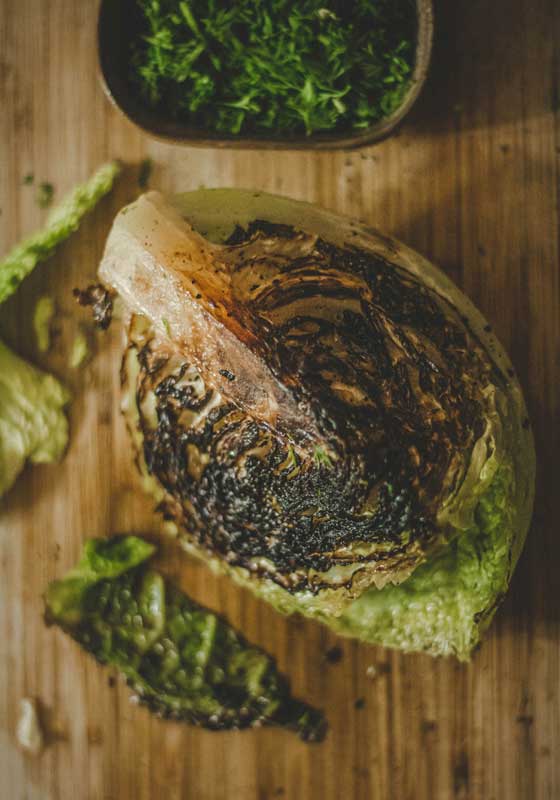
Beyond Smoke: The Science of Desire
Why do our tongues yearn for burnt bits? Science has its say. The Maillard reaction - the alchemy between amino acids and sugars - creates hundreds of aromatic compounds when food meets high heat. This is the same reaction that gives coffee its depth and chocolate its allure.
Add smoke and phenols and aldehydes seep into the food, deepening flavour with whispers of leather, spice and earth. It is a sensory symphony - bitter notes sharpen the sweet, while smokiness lingers like an echo. Our brains register these complex flavours as satisfying, rewarding, even addictive.
From Ruin to Revelation
What was once an accident - a forgotten pan, an unattended grill - has become a mark of culinary intention. Across the globe, restaurants build menus around the blister and burn. Japanese yakitori relies on precise charring over binchotan charcoal; Mexican street vendors blacken corn until its kernels pop with smoky sweetness; Mediterranean chefs roast peppers until their skins are tattooed with flame.
Even in fine dining, the art of controlled char has become a signature flourish, proof that flavour lies in tension, not perfection.
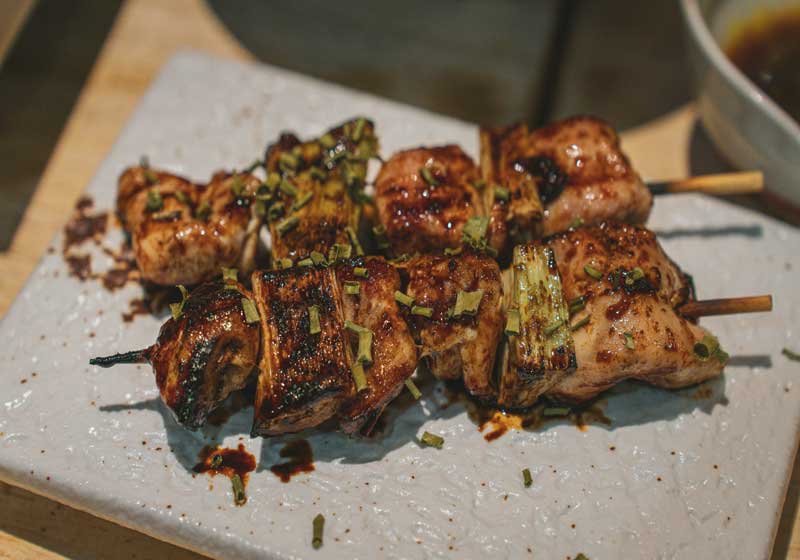
The Edge We Crave
There is poetry in the way char forces us to confront boundaries. It is flavour born of risk: leave it too long and ruin looms, pull it too soon and the magic never appears. To embrace char is to embrace imperfection, to savour the edge where destruction becomes deliciousness. That fragile balance speaks to life itself - how beauty often hides in the cracks, the scorched, the flawed.
So, next time you hesitate before letting the flame lick a little longer, remember: char is not a mistake. It is memory, chemistry and artistry colliding. It is the new umami, the flavour we crave because it reminds us of where we came from— - and because it dares us to taste the fire.


